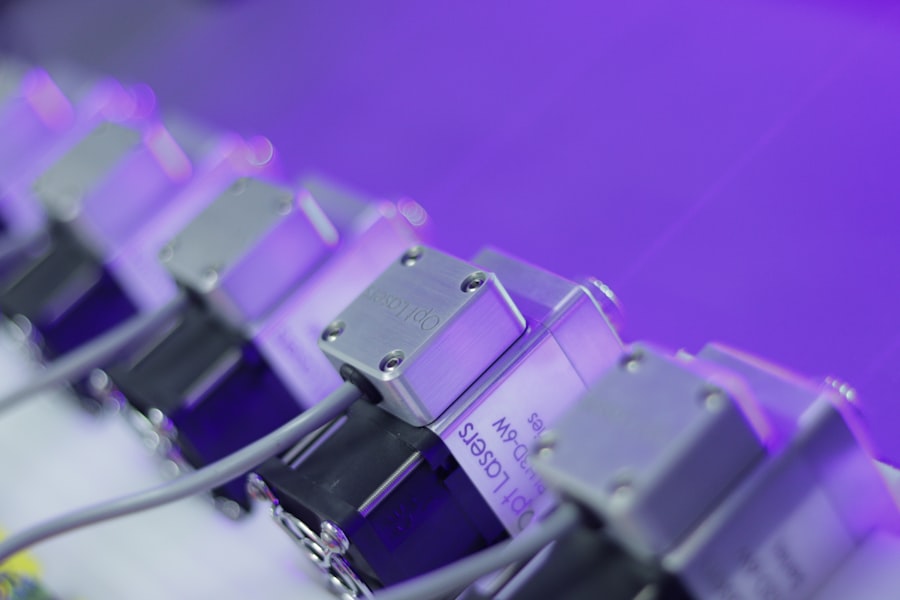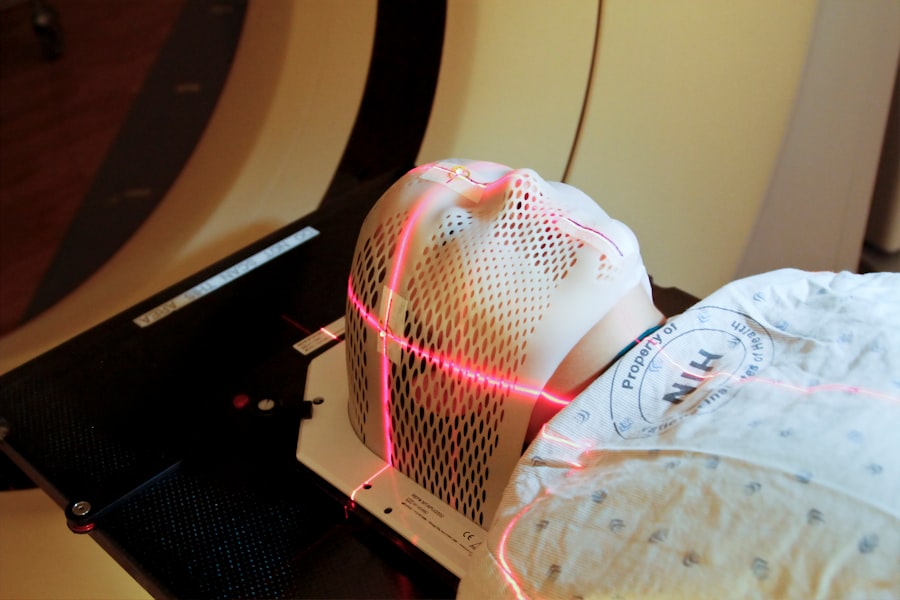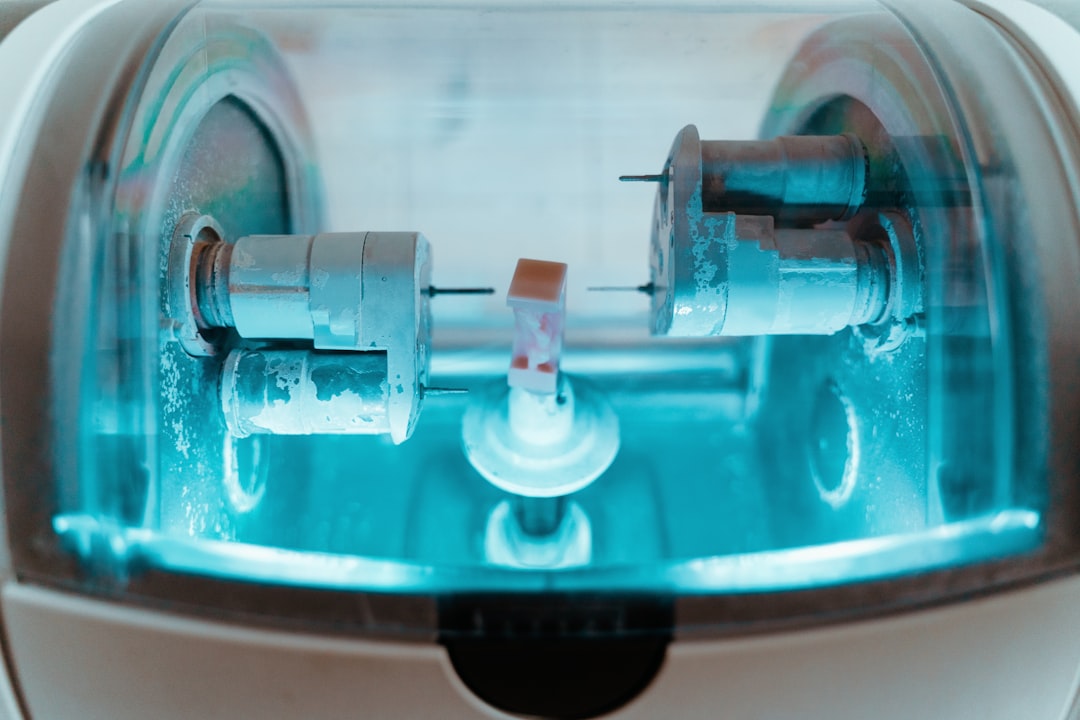Laser treatment has revolutionized various fields, from dermatology to dentistry, offering precise and effective solutions for a multitude of conditions. When you think of laser treatment, you might envision a beam of light cutting through tissue or rejuvenating skin. In reality, lasers work by emitting concentrated light energy that can target specific areas without affecting the surrounding tissues.
This precision is what makes laser treatments so appealing; they can treat everything from acne scars to unwanted hair with minimal downtime and discomfort. As you delve deeper into the world of laser treatments, it becomes clear that understanding the technology behind it is crucial. Different types of lasers serve different purposes, such as ablative lasers that remove layers of skin or non-ablative lasers that stimulate collagen production without damaging the surface.
Each type has its own set of applications, benefits, and potential side effects. By familiarizing yourself with these distinctions, you can make informed decisions about which treatment is best suited for your needs and expectations.
Key Takeaways
- Laser treatment is a popular and effective method for various skin and hair concerns, using concentrated light to target specific areas.
- Regular maintenance is crucial for prolonging the results of laser treatment and ensuring the best possible outcome.
- Factors such as skin type, lifestyle, and sun exposure can affect the frequency and intensity of maintenance needed after laser treatment.
- A recommended maintenance schedule typically includes follow-up treatments every 4-6 weeks, depending on the specific treatment and individual response.
- The cost of maintenance for laser treatment can vary depending on the type of treatment and the clinic, but it is an important investment in maintaining results and preventing potential risks.
The Importance of Maintenance
Once you undergo laser treatment, the journey doesn’t end there. Maintenance plays a pivotal role in ensuring that the results you achieve are long-lasting. Just as you wouldn’t expect a car to run smoothly without regular oil changes and tune-ups, your skin or other treated areas require ongoing care to maintain their improved condition.
Regular maintenance helps to reinforce the benefits of the initial treatment, allowing you to enjoy the results for a more extended period. Moreover, maintenance can help prevent potential complications that may arise after your initial treatment. For instance, skin can be sensitive post-laser treatment, and without proper care, you may experience issues such as pigmentation changes or scarring.
By adhering to a maintenance routine, you not only protect your investment but also enhance your overall skin health. This proactive approach can lead to a more satisfying experience and greater confidence in your appearance.
Factors Affecting Maintenance Needs

Your individual circumstances significantly influence how often and what type of maintenance you will require after laser treatment.
For example, if you have sensitive skin or are prone to certain conditions like rosacea, you may need more frequent check-ups and specialized care to ensure optimal results.
Additionally, the type of laser treatment you received will also dictate your maintenance schedule. Some treatments may require more frequent follow-ups than others. For instance, if you underwent a more aggressive treatment aimed at deep wrinkles or significant scarring, your skin may need more time to heal and thus require closer monitoring.
Understanding these factors will empower you to tailor your maintenance plan effectively, ensuring that it aligns with your unique needs.
Recommended Maintenance Schedule
| Maintenance Task | Frequency | Description |
|---|---|---|
| Oil Change | Every 3,000-5,000 miles | Replace engine oil and oil filter |
| Tire Rotation | Every 6,000-8,000 miles | Rotate tires to ensure even wear |
| Brake Inspection | Every 10,000 miles | Check brake pads, rotors, and fluid |
| Air Filter Replacement | Every 12,000-15,000 miles | Replace engine air filter |
Establishing a recommended maintenance schedule is essential for maximizing the benefits of your laser treatment. Typically, practitioners suggest follow-up sessions every six months to a year, depending on the type of treatment and individual response. For instance, if you had hair removal treatment, you might find that maintenance sessions every few months are sufficient to keep unwanted hair at bay.
In addition to scheduled appointments, daily skincare routines should not be overlooked. Incorporating gentle cleansers, moisturizers, and sun protection into your daily regimen can significantly enhance the longevity of your results. Your practitioner may provide specific recommendations tailored to your skin type and treatment history, so be sure to follow their guidance closely.
By adhering to this schedule and routine, you can ensure that your skin remains healthy and vibrant long after your initial treatment.
Cost of Maintenance
When considering laser treatment, it’s essential to factor in the cost of maintenance as part of your overall investment.
Depending on the type of laser treatment you received and the frequency of follow-up sessions required, costs can vary widely.
It’s wise to discuss these financial aspects with your practitioner upfront so that you can budget accordingly. Moreover, some clinics offer package deals or membership programs that can help reduce costs for ongoing treatments. By exploring these options, you may find a more affordable way to maintain your results without compromising quality.
Remember that investing in maintenance is not just about preserving your appearance; it’s also about safeguarding your skin’s health and preventing more costly corrective measures down the line.
Risks of Neglecting Maintenance

Neglecting maintenance after laser treatment can lead to a host of undesirable outcomes. One of the most immediate risks is the potential for diminished results over time. Without regular upkeep, the improvements you achieved may fade away faster than anticipated, leaving you feeling disappointed with your investment.
This can be particularly disheartening if you had high hopes for long-lasting results. Additionally, neglecting maintenance can increase the likelihood of complications such as skin irritation or pigmentation issues. Your skin may become more susceptible to environmental factors without proper care, leading to problems that could have been easily avoided with a consistent maintenance routine.
By prioritizing maintenance, you not only protect your initial investment but also promote healthier skin in the long run.
DIY Maintenance vs Professional Maintenance
When it comes to maintaining the results of your laser treatment, you might wonder whether DIY methods are sufficient or if professional maintenance is necessary. While there are certainly steps you can take at home—such as using gentle skincare products and adhering to sun protection guidelines—professional maintenance offers benefits that DIY methods simply cannot match. Professional practitioners have access to advanced tools and techniques that can enhance your results far beyond what over-the-counter products can achieve.
They can assess your skin’s condition accurately and provide tailored treatments that address any emerging issues effectively. While DIY maintenance is an essential component of your overall care plan, it should complement rather than replace professional guidance.
The Role of Maintenance in Laser Treatment
In conclusion, maintenance is an integral part of the laser treatment journey that should never be overlooked. Understanding its importance allows you to appreciate the full scope of what laser treatments can offer while ensuring that you achieve lasting results. By recognizing the factors that influence your maintenance needs and adhering to a recommended schedule, you empower yourself to take control of your skin health.
Investing in both professional and DIY maintenance strategies will not only help preserve the benefits of your initial treatment but also promote overall skin vitality. As you navigate this journey, remember that consistent care is key to unlocking the full potential of laser treatments. Embrace this commitment to maintenance as a vital step toward achieving and maintaining the radiant appearance you desire.
If you are considering laser treatment for hair removal, you may be wondering if it requires maintenance. According to a related article on In Laser Hair Removal, maintenance sessions may be necessary to achieve long-lasting results. The article discusses the importance of follow-up treatments to ensure the effectiveness of the initial laser treatment. It also provides tips on how to maintain the results of laser hair removal over time.
FAQs
What is laser treatment?
Laser treatment is a medical procedure that uses focused light to treat various skin conditions, including hair removal, acne scars, wrinkles, and pigmentation.
Does laser treatment require maintenance?
Yes, laser treatment may require maintenance sessions to maintain the results. The frequency of maintenance sessions depends on the specific treatment and individual skin condition.
How often do I need maintenance sessions for laser treatment?
The frequency of maintenance sessions for laser treatment varies depending on the type of treatment and individual response. It is best to consult with a qualified dermatologist or laser specialist to determine the appropriate maintenance schedule for your specific treatment.
What are the benefits of maintenance sessions for laser treatment?
Maintenance sessions for laser treatment help to prolong the results of the initial treatment, address any new skin concerns that may arise, and ensure that the skin continues to look its best.
Are there any risks or side effects associated with maintenance sessions for laser treatment?
While maintenance sessions for laser treatment are generally safe, there may be some risks and side effects, such as temporary redness, swelling, or changes in skin pigmentation. It is important to follow the post-treatment care instructions provided by the dermatologist or laser specialist to minimize these risks.






